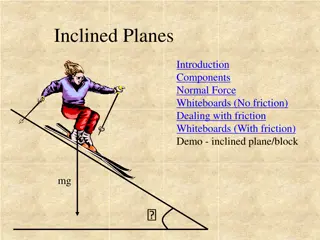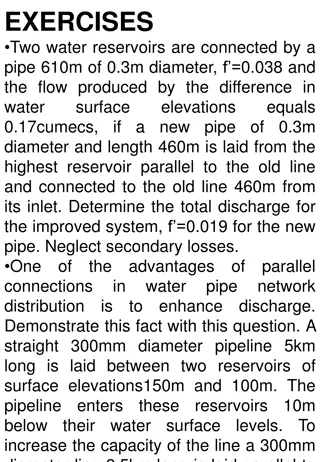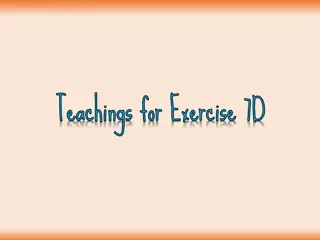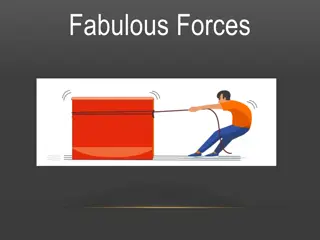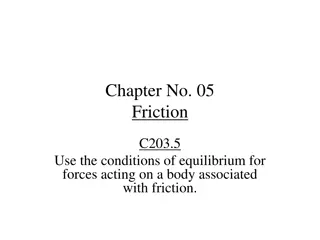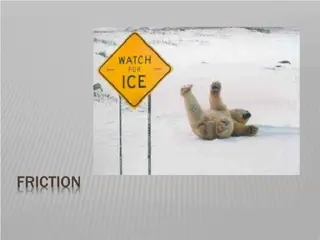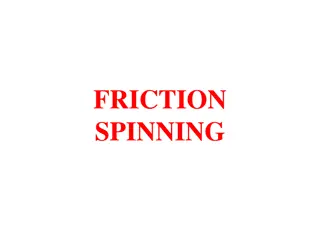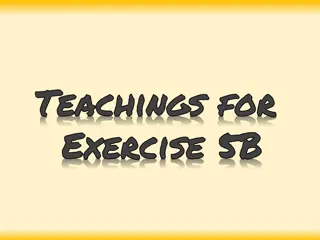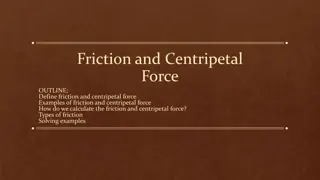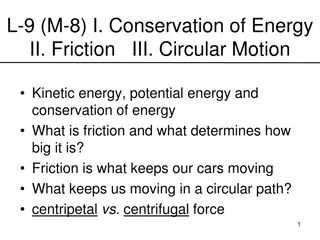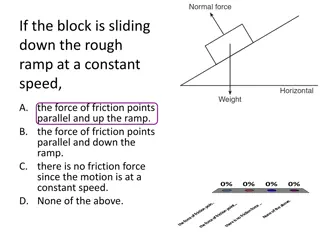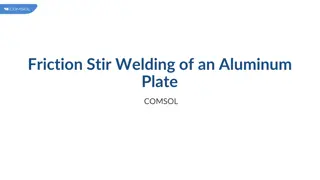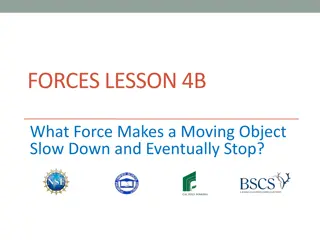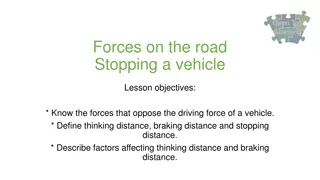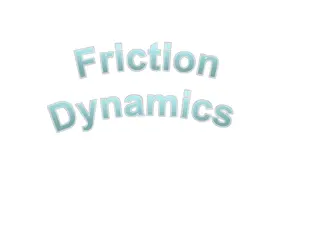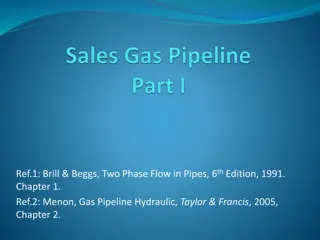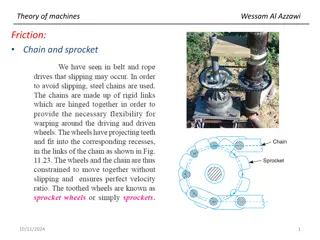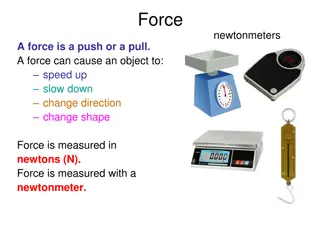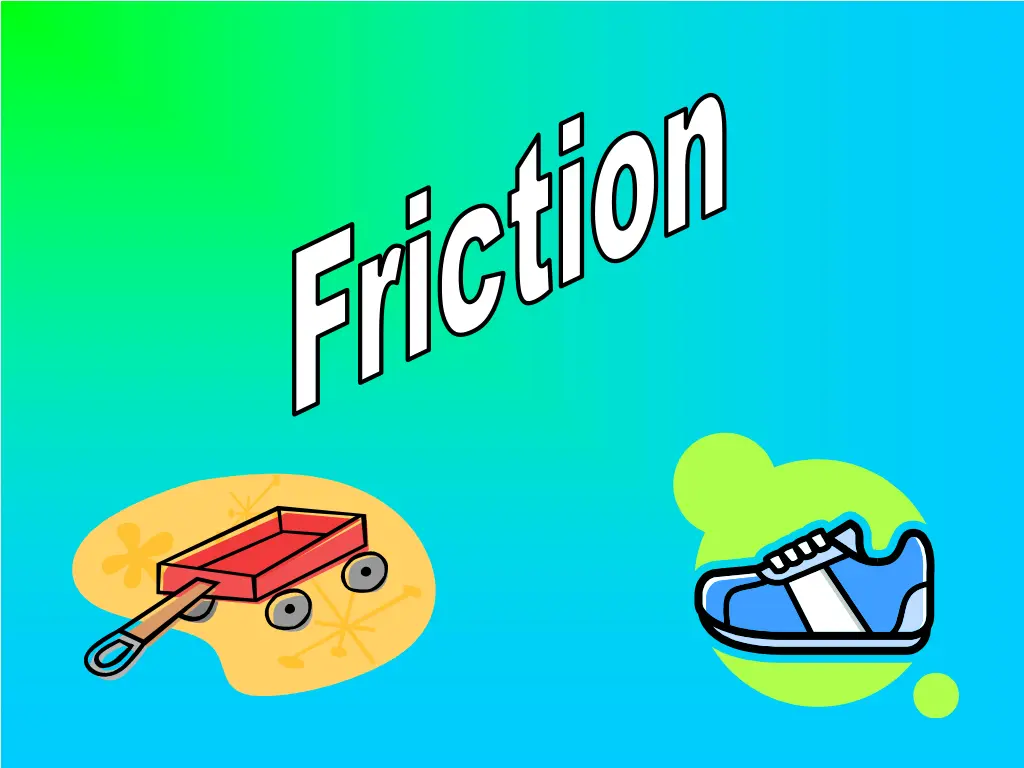
Understanding Friction and Its Effects on Movement
Learn about friction, a force that affects the movement of objects by creating resistance between surfaces. Explore how friction can be both useful and detrimental, influencing everyday activities like walking, driving, and even ice skating. Discover ways to reduce friction and its impact on various materials.
Download Presentation

Please find below an Image/Link to download the presentation.
The content on the website is provided AS IS for your information and personal use only. It may not be sold, licensed, or shared on other websites without obtaining consent from the author. If you encounter any issues during the download, it is possible that the publisher has removed the file from their server.
You are allowed to download the files provided on this website for personal or commercial use, subject to the condition that they are used lawfully. All files are the property of their respective owners.
The content on the website is provided AS IS for your information and personal use only. It may not be sold, licensed, or shared on other websites without obtaining consent from the author.
E N D
Presentation Transcript
Today's L.O. To take part in a range of activities to explore the world around them, and ask questions and suggest answers (E)
What is Friction? Friction is a force between two surfaces that are sliding, or trying to slide across one another, for example when you try to push a toy car along the floor. Friction always works in the direction opposite from the direction the object is moving, or trying to move. It always slows a moving object down. Moving Friction
What is Friction? The amount of friction depends on the materials from which the two surfaces are made. The rougher the surface, the more friction is produced. For example, you would have to push a book harder to get it moving on a carpet than you would on a wooden floor. This is because there is more friction between the carpet and the book than there is between the wood and the book.
What is Friction? Friction also produces heat. For example, if you rub your hands together quickly, they get warmer.
Useful Friction and Reducing Friction. Friction can be a useful force because it prevents our shoes slipping on the pavement when we walk and stops car tyres skidding on the road.
Useful Friction and Reducing Friction. Ice causes very little friction, which is why it is easy to slip over on an icy day. But this is a good thing for ice skating and sledging.
Useful Friction and Reducing Friction. Sometimes we want to reduce friction. For example, moving parts inside a car engine are lubricated with oil, to reduce friction between them. The oil holds the surfaces apart, and can flow between them. The reduced friction means there is less wear on the metal, and less heat produced.
Air Resistance Air resistance is a type of friction between air and another material. When an aeroplane flies through the air, for example, air particles hit the aeroplane, making it more difficult for the aeroplane to move through the air.
Air Resistance Some shapes, known as streamlined shapes, cause less air resistance than others. Aeroplanes and cars are streamlined, so that they move through the air as easily as possible.
Quiz Time!! Quiz

